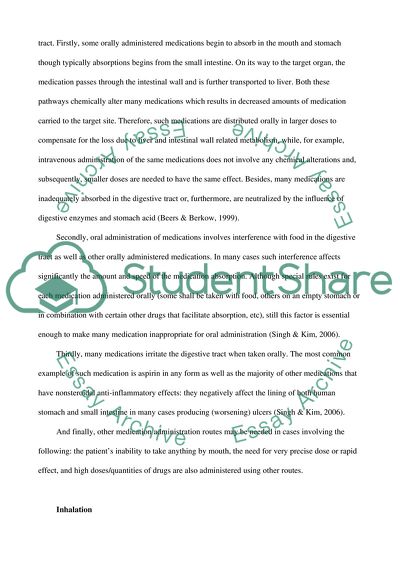Cite this document
(Routes of Drug Administration Coursework Example | Topics and Well Written Essays - 1750 words, n.d.)
Routes of Drug Administration Coursework Example | Topics and Well Written Essays - 1750 words. Retrieved from https://studentshare.org/health-sciences-medicine/1722322-routes-of-drug-administration
Routes of Drug Administration Coursework Example | Topics and Well Written Essays - 1750 words. Retrieved from https://studentshare.org/health-sciences-medicine/1722322-routes-of-drug-administration
(Routes of Drug Administration Coursework Example | Topics and Well Written Essays - 1750 Words)
Routes of Drug Administration Coursework Example | Topics and Well Written Essays - 1750 Words. https://studentshare.org/health-sciences-medicine/1722322-routes-of-drug-administration.
Routes of Drug Administration Coursework Example | Topics and Well Written Essays - 1750 Words. https://studentshare.org/health-sciences-medicine/1722322-routes-of-drug-administration.
“Routes of Drug Administration Coursework Example | Topics and Well Written Essays - 1750 Words”. https://studentshare.org/health-sciences-medicine/1722322-routes-of-drug-administration.


